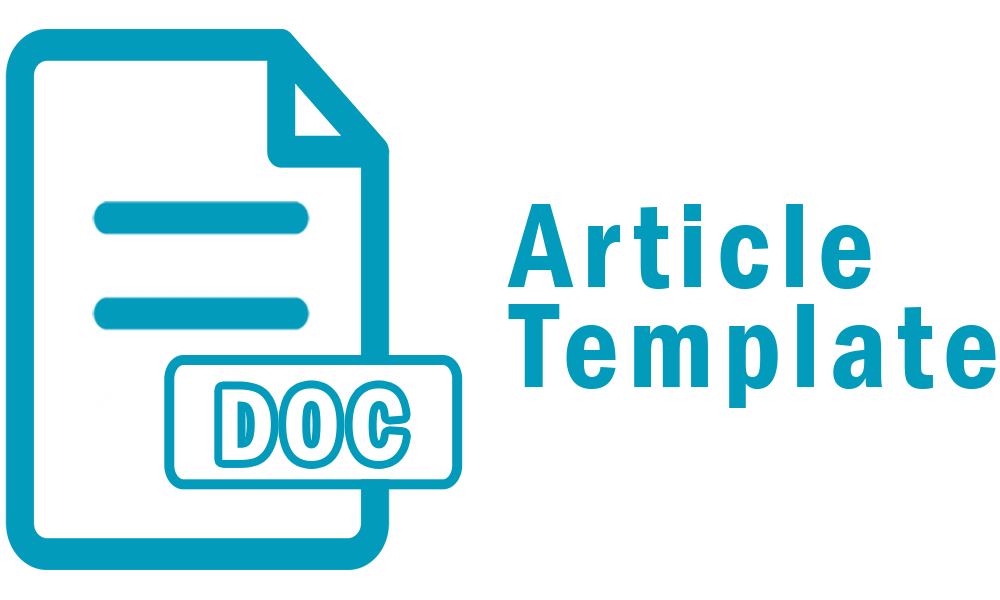ANALYSIS OF TENSION PARAMETERS ON LAMINATION QUALITY ON DRY LAMINATION MACHINES
Abstract
In the flexible packaging industry, the quality of lamination results significantly affects both the appeal and protective function of the product. One common issue in the dry lamination process is lamination wrinkle defects, which can reduce the packaging quality standards. This study aims to analyze the effect of variations in tension parameters in the dry lamination machine—specifically the tension in Unwinder 1, Unwinder 2, and the Laminator—on the print quality of snack packaging. The research was conducted using a quantitative experimental approach at PT XXX, involving 64 samples with varied tension settings and quality testing through laboratory tests (sealing strength, bonding strength, and dry glue) as well as visual inspections. The Pearson correlation test results indicated a weak to very weak relationship between tension parameters and laboratory test outcomes. The Kruskal-Wallis non-parametric test showed no significant differences in lamination quality based on tension variation. However, the Spearman correlation test for visual defects revealed a strong correlation between Laminator tension and the occurrence of lamination wrinkles and shrinkage patterns. Therefore, controlling the tension parameters—especially at the Laminator—is essential in reducing visual defects during the dry lamination process.
Downloads
Published
How to Cite
Issue
Section
Citation Check
License
Copyright (c) 2025 Ahmad Irza Nugroho Ahmad Irza Nugroho

This work is licensed under a Creative Commons Attribution-ShareAlike 4.0 International License.
Authors who publish with Kreator agree to the following terms:
- For all articles published in the Kreator, copyright is retained by the authors. Authors give permission to the publisher to announce the work with conditions. When the manuscript is accepted for publication, the authors agree to the automatic transfer of non-exclusive publishing rights to the publisher.
- Authors retain copyright and grant the journal right of first publication with the work simultaneously licensed under a Creative Commons Attribution-ShareAlike 4.0 International License that allows others to share the work with an acknowledgment of the work's authorship and initial publication in this journal.
- Authors are able to enter into separate, additional contractual arrangements for the non-exclusive distribution of the journal's published version of the work (e.g., post it to an institutional repository or publish it in a book), with an acknowledgment of its initial publication in this journal.
- Authors are permitted and encouraged to post their work online (e.g., in institutional repositories or on their website) prior to and during the submission process, as it can lead to productive exchanges, as well as earlier and greater citation of published work (See The Effect of Open Access).











